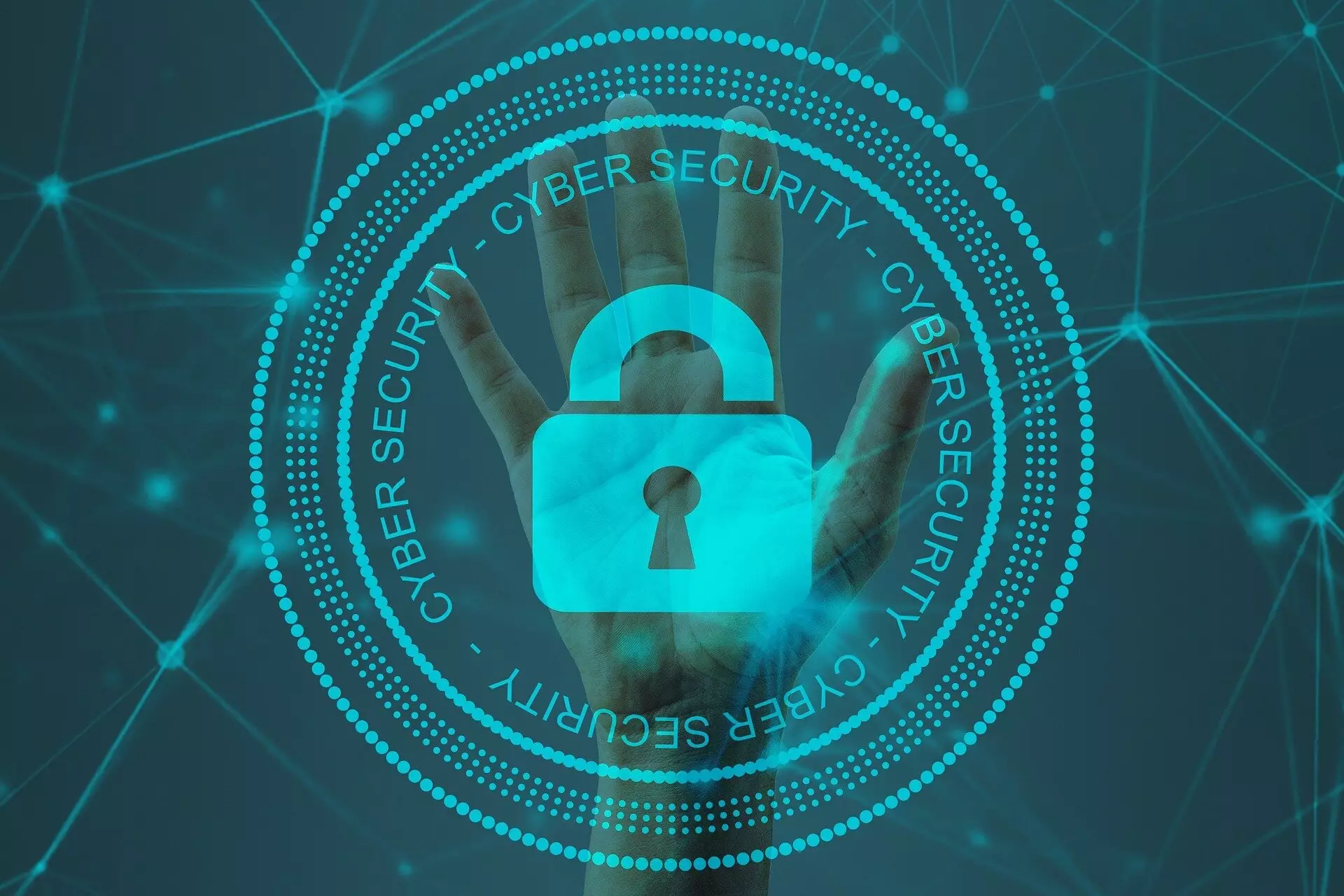The recent incident involving CrowdStrike, a US-based cybersecurity technology company, has brought to light the vulnerabilities in our global technical infrastructure. On July 18, 2024, an update released by CrowdStrike caused a worldwide outage impacting millions of computers across various critical sectors. The incident has raised concerns about the fragility of our systems and the inadequacy of our legal and policy infrastructure to respond effectively to such attacks.
One of the key takeaways from the incident highlighted in the USTPC Statement is the need for improved international cooperation and coordination. The lack of information sharing and technical guidance during the outage exposed the deficiencies in global response mechanisms. The fragmented approach taken by different countries and companies further exacerbated the situation, leaving many to fend for themselves.
As we reflect on the CrowdStrike incident, it is important to identify the key lessons learned and questions that need to be addressed. One critical question raised is why certain systems were able to avoid the consequences of the error while others were not. This discrepancy emphasizes the need for improved system architecture and implementation practices to prevent such incidents in the future.
In light of the incident, the USTPC has outlined eight key questions that should be the focus of a public investigation. These questions cover a range of topics including the need for thorough testing before software releases, best practices for automatic updates, and efficient ways to restart systems post-outage. Additionally, the importance of notification requirements and the role of the Cyber Safety Review Board in conducting a thorough investigation have been emphasized.
Moving forward, it is imperative that we address the vulnerabilities in our cybersecurity infrastructure and policies to prevent future incidents of this scale. The CrowdStrike incident serves as a wake-up call for system operators, technologists, and policymakers to collaborate in strengthening our global technical and legal infrastructure. By learning from past mistakes and implementing robust cybersecurity measures, we can better protect our critical systems and minimize the impact of cybersecurity incidents in the future.


Leave a Reply